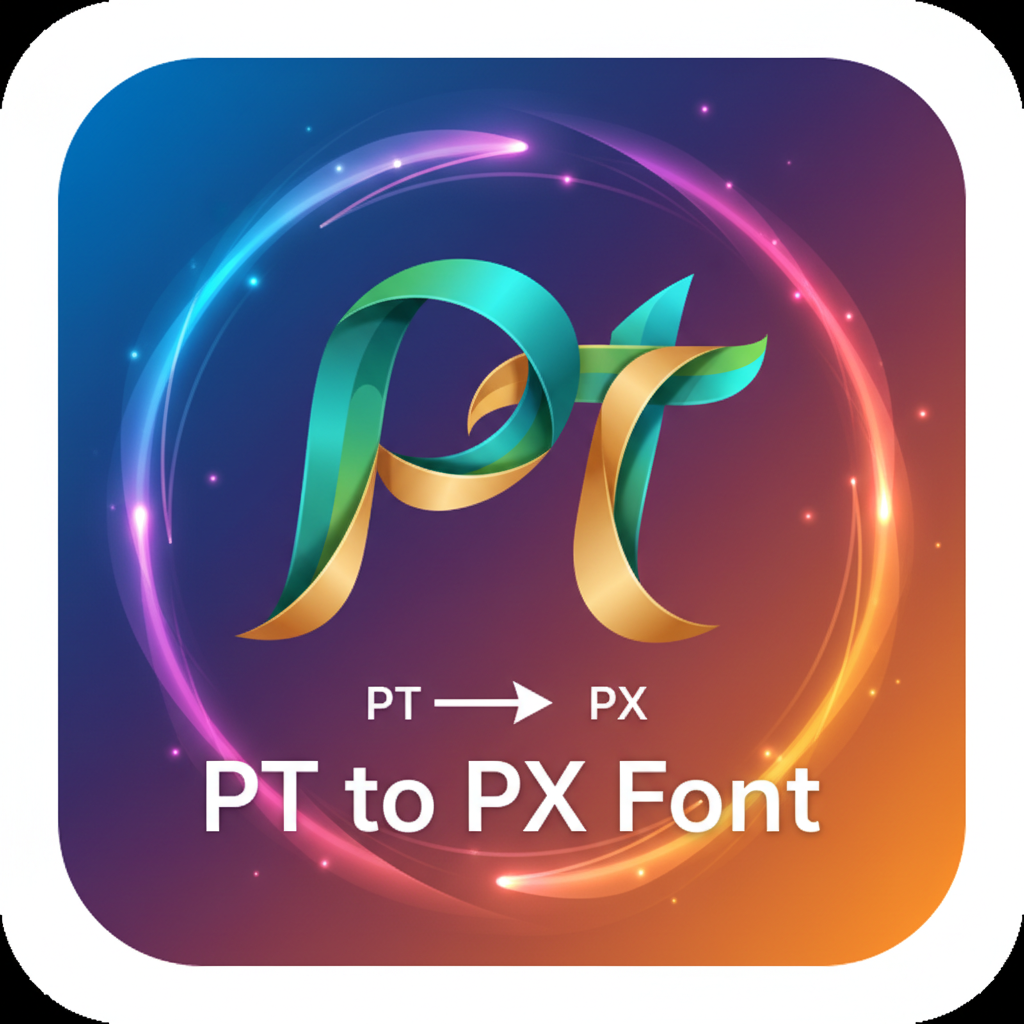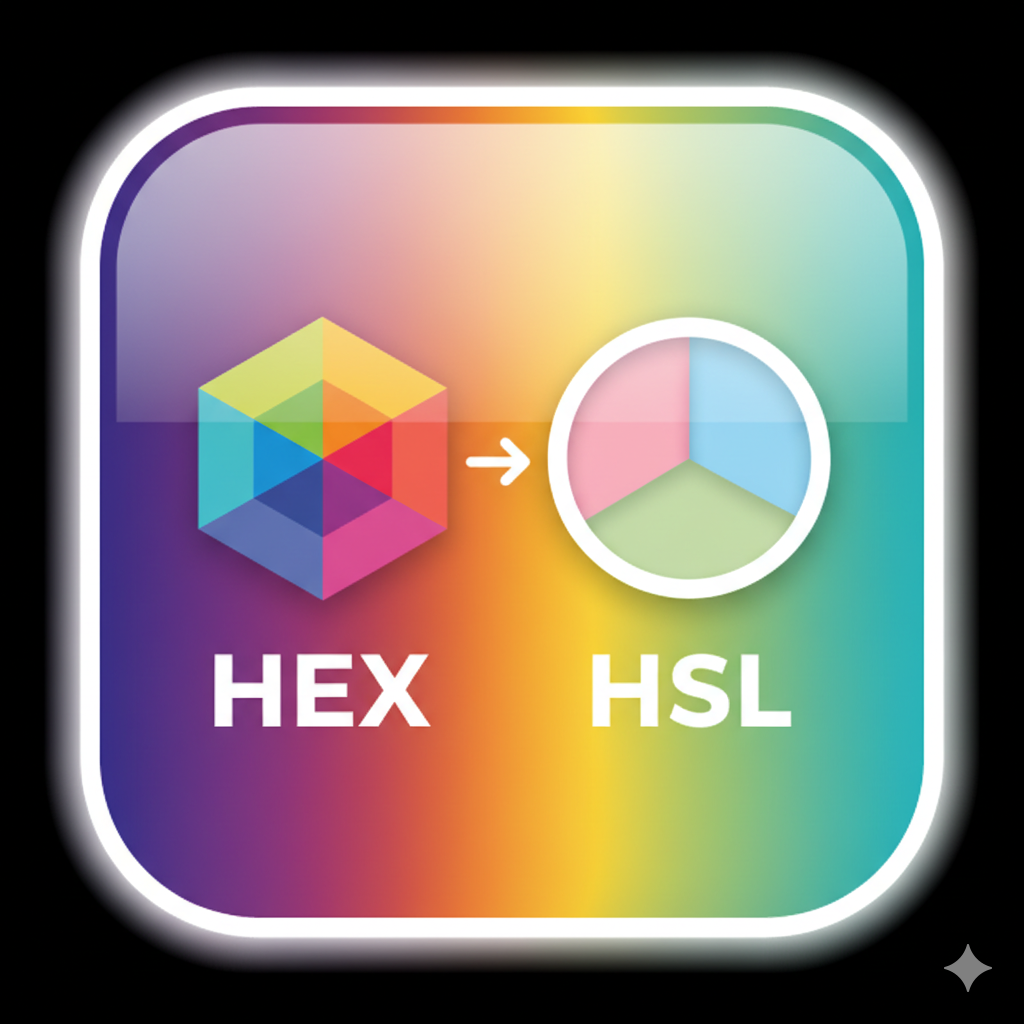The PT to PX Font Converter is a highly accurate, professional-grade tool designed to convert typography sizes from points (pt) to pixels (px) with exceptional precision. Typography is a critical element in digital design, web development, branding, publishing, UI/UX experiences, and professional print layouts. Because fonts behave differently across mediums, designers and developers must understand how point-based sizes translate into pixel-based measurements. This converter provides instant, reliable results that align with industry standards, allowing users to maintain consistency, readability, and visual harmony across all platforms.
A point (pt) is a traditional print unit originating from the world of typography and physical publishing. Standardized at 1 point = 1/72 of an inch, it is widely used in print design, PDF formatting, and desktop publishing tools like Adobe InDesign, Illustrator, and Microsoft Word. A pixel (px), on the other hand, is the smallest unit of a digital display. Unlike points, pixel size varies based on screen density (DPI or PPI), device type, and display resolution. The standard formula used by browsers under default conditions is:
1 pt ≈ 1.333 px
or, equivalently,
1 px ≈ 0.75 pt
The PT to PX Font Converter uses these widely recognized conversions, ensuring accurate translation between print-based typography and digital design environments.
For graphic designers, understanding pt-to-px relationships is crucial when adapting print designs for web use. A heading styled in 18 pt in a brochure will not visually match the same value in a website unless converted correctly. This tool eliminates guesswork and ensures brand identity, hierarchy, and visual proportions remain consistent across mediums.
Web designers and UI/UX developers depend on pixel-based values to maintain responsive layouts, accessibility, and cross-device consistency. Most CSS rules use pixels as the baseline unit for font-size declarations, spacing, and UI components. When receiving typographic specifications in points from clients or print designers, this converter bridges the gap instantly. This ensures clean transitions from design mockups to fully coded digital interfaces.
In digital publishing, including eBooks, PDFs, and mobile documents, designers often toggle between pt and px sizing depending on the platform. This tool ensures that font sizes remain legible, balanced, and visually aligned for users across all reading devices.
For students and educators, the converter helps clarify the often-confusing relationship between print and digital typography. It supports learning in graphic design programs, web development courses, and multimedia classes by explaining how typographic units translate across mediums.
Brand managers and marketing professionals use the converter to maintain consistency in marketing materials. Whether preparing banners, digital ads, presentations, or print collateral, uniform typography strengthens brand identity, professionalism, and visual clarity.
Even everyday users benefit from this tool when customizing website templates, editing documents, designing invitations, or preparing digital artwork. Converting between pt and px ensures that font sizes appear as intended on both screen and print.
The interface of the PT to PX Font Converter is intuitive and fast. Users simply input a value in points, and the tool instantly returns the equivalent pixels based on standard typographic conversion rules. The tool is optimized for mobile, desktop, and tablet use, delivering accurate results whenever needed.
In summary, the PT to PX Font Converter is an authoritative, precise, and user-friendly solution for designers, developers, students, and everyday users. With its scientific accuracy and practical flexibility, it ensures that typography remains consistent, predictable, and visually professional across print and digital platforms.






